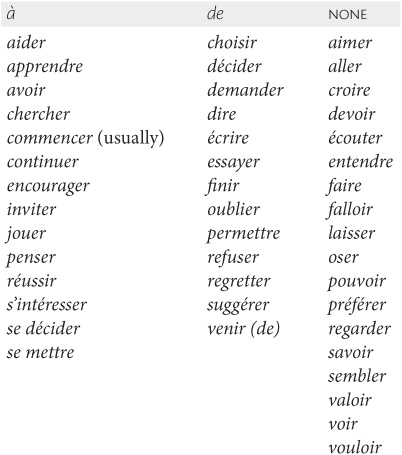 Introducing prepositions
Introducing prepositions
 Introducing prepositions
Introducing prepositionsPrepositions in any language are very tricky words. Most of them have basic meanings, but when they are used in phrasal verb constructions, that meaning can change. A phrasal verb is a combination of a verb plus (usually) a preposition that has a meaning different from the combined meanings of the words. You may think, for example, that you know what up means, but consider the following sentence.
First he cut the tree down, then he cut it up.
People learning English would be confused by that sentence, and it is not an isolated example. Take the case of a friend telephoning John’s house early in the morning and asking for him. John’s wife might reply as follows.
He’ll be down as soon as he’s up.
In other words, after learning a preposition and its basic meanings, one must be alert to how it is used in phrasal verb constructions. Often, the meanings of a single preposition will spread over several pages of a dictionary.
Definition
See page 7.
Forms
A preposition is a function word; it is invariable. It can be a single word or a group of words (for example, by and in spite of).
Uses
A preposition links a noun or pronoun (its object) to other words in the sentence and shows the object’s relationship to them. In formal English, a preposition is followed immediately by its object.
to the store
about the subject
In informal English, a preposition is often placed at the end of the clause or sentence, especially in questions and relative clauses.
What is she waiting for?
INSTEAD OF For what is she waiting?
This is the one that he is referring to.
INSTEAD OF This is the one to which he is referring.
 Introducing prepositions
Introducing prepositionsForms
A French preposition can be one or several words; examples are par (“by”) and à côté de (“beside”).
Prepositions are invariable, except for à and de, which combine with the definite articles le and les.

This contraction takes place even if à or de or the definite article is part of a longer word or expression.

Never expect a one-to-one equivalence between English and French prepositions. They are capricious in both languages.
Uses
In English, a preposition comes before its object in formal speech and writing. In French (and many other languages), it must nearly always do so. Prepositions are not placed at the end of a clause or sentence except in the most informal speech.
Special problems with prepositions
1. Geographical names require specific prepositions to express “to” and “from.”
 Introducing prepositions (continued)
Introducing prepositions (continued)2. Verbs are often followed by infinitives. If two verbs are used to express a single thought, the first determines whether a preposition (and which one) is used to introduce the infinitive that follows. There can even be more than two infinitives in a string (see the example below). In every case, if a verb is followed by an infinitive, the first of the two determines the preposition.
Following is a list of verbs and the prepositions they take when followed by an infinitive. Some of these verbs take a direct or indirect object before the preposition.

Aller requires no preposition before an infinitive.

Commencer takes à before an infinitive.

Essayer takes de before an infinitive.

In each of these cases, it is the first of a group of two verbs that determines which preposition, if any, is to be used before the second.
Verbs formed with prefixes usually require the same preposition as the basic verb.
Je recommence à le faire.
Je promets de le faire.